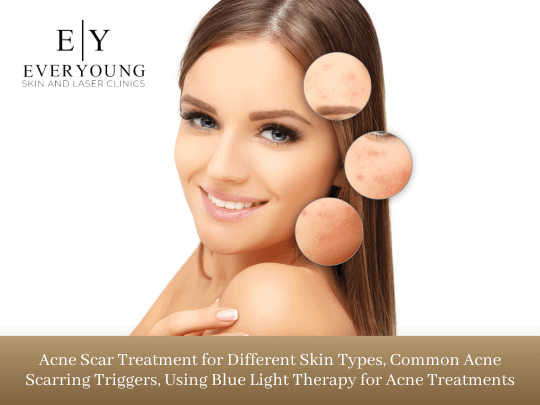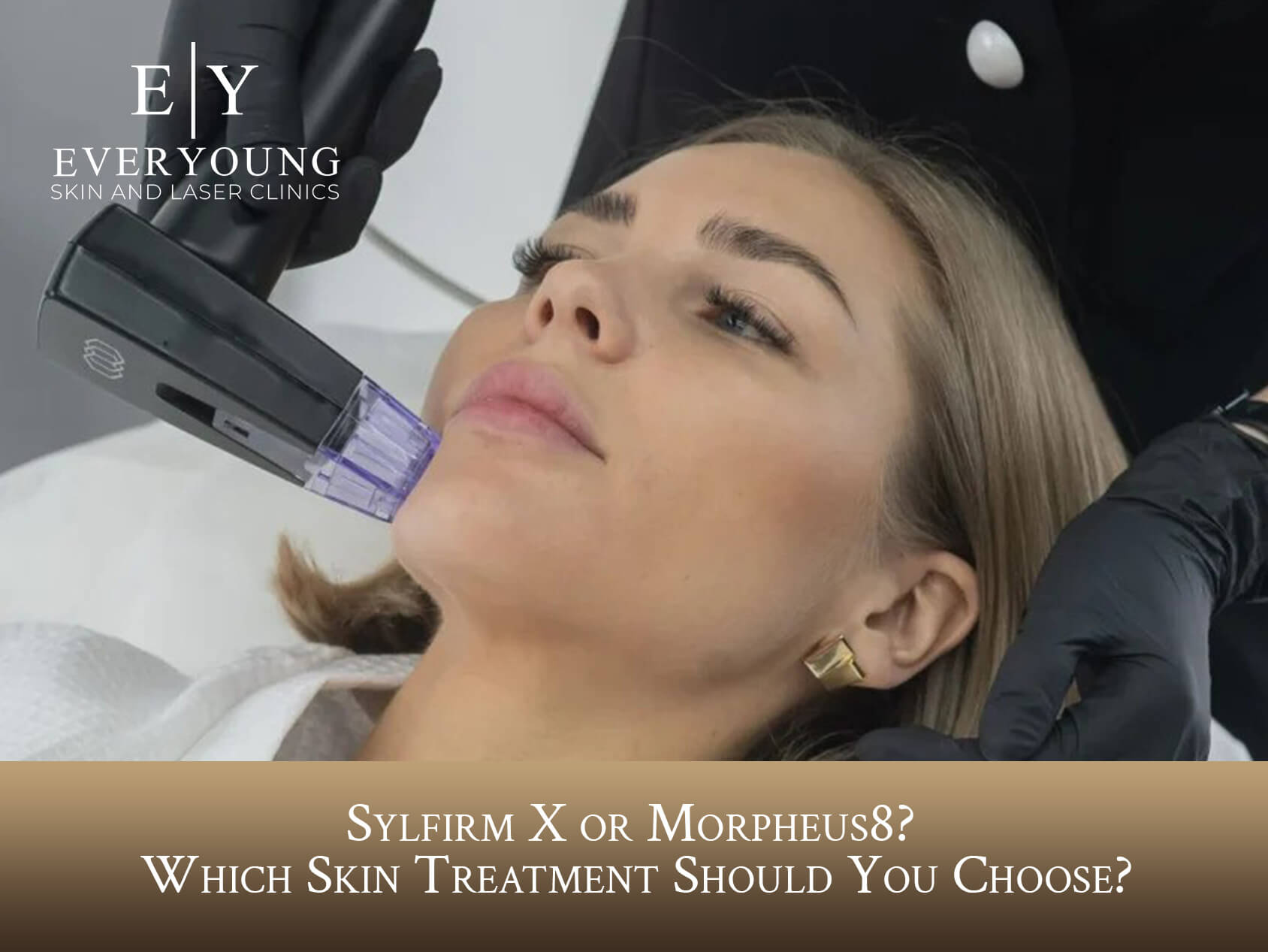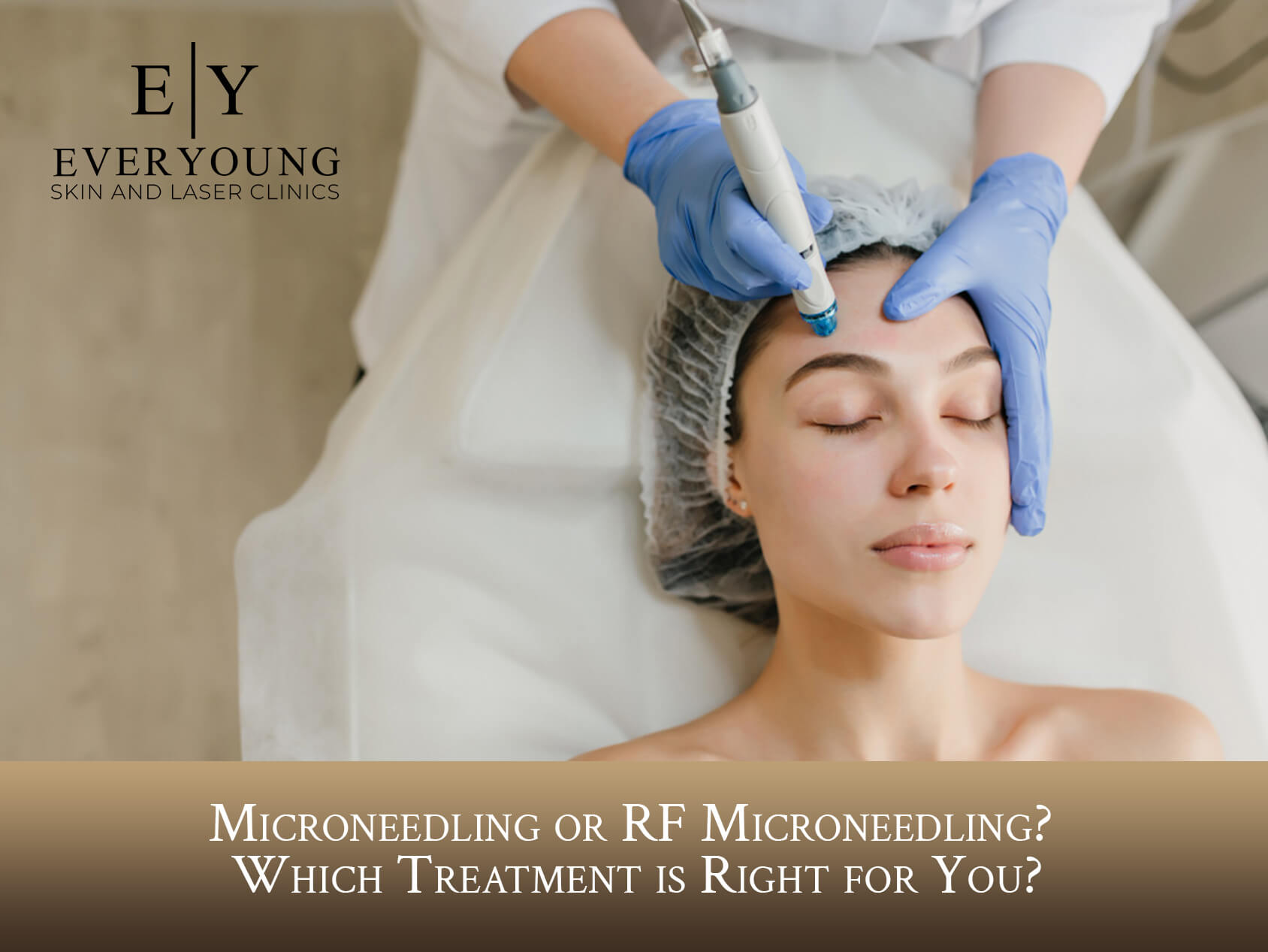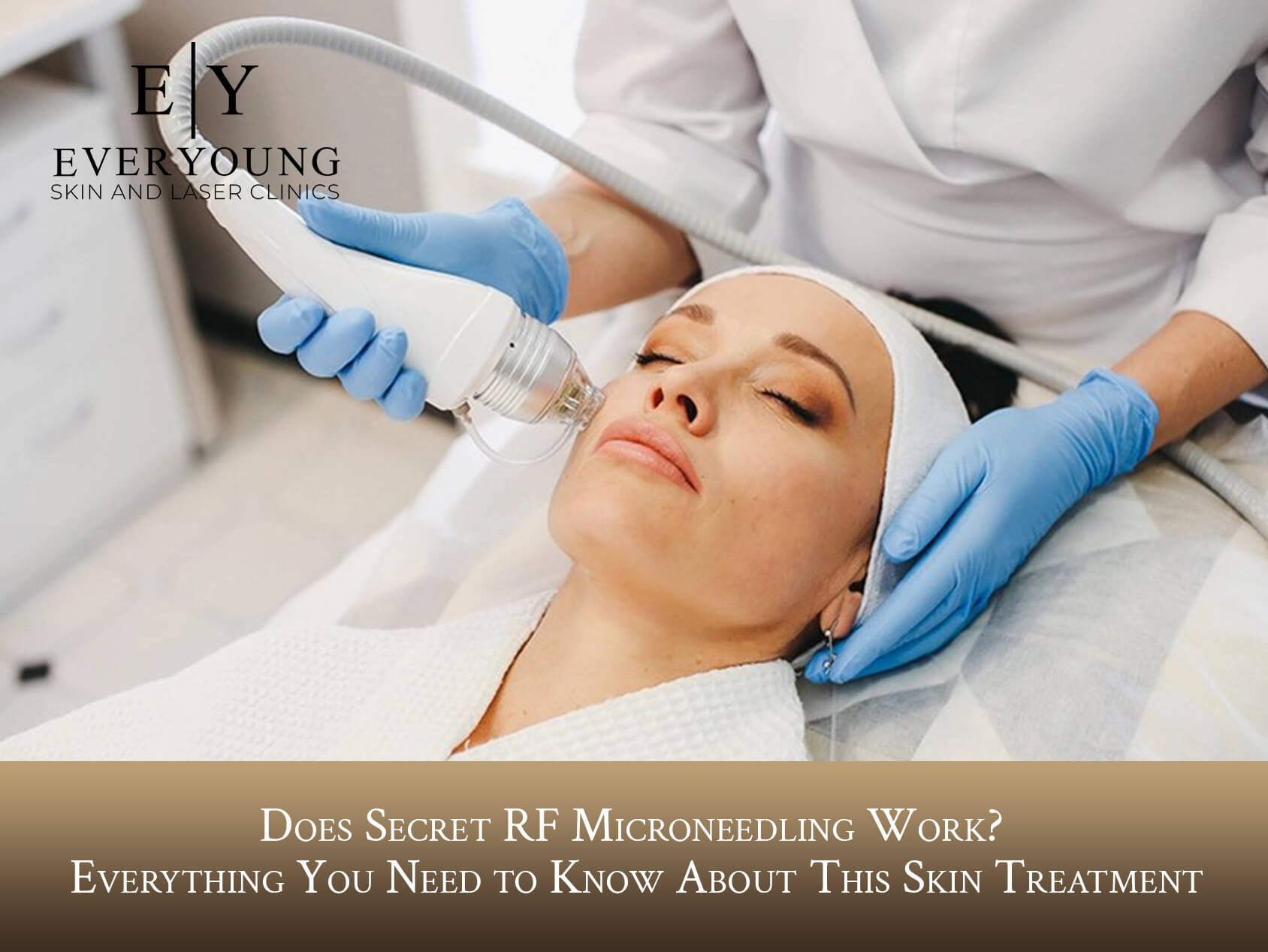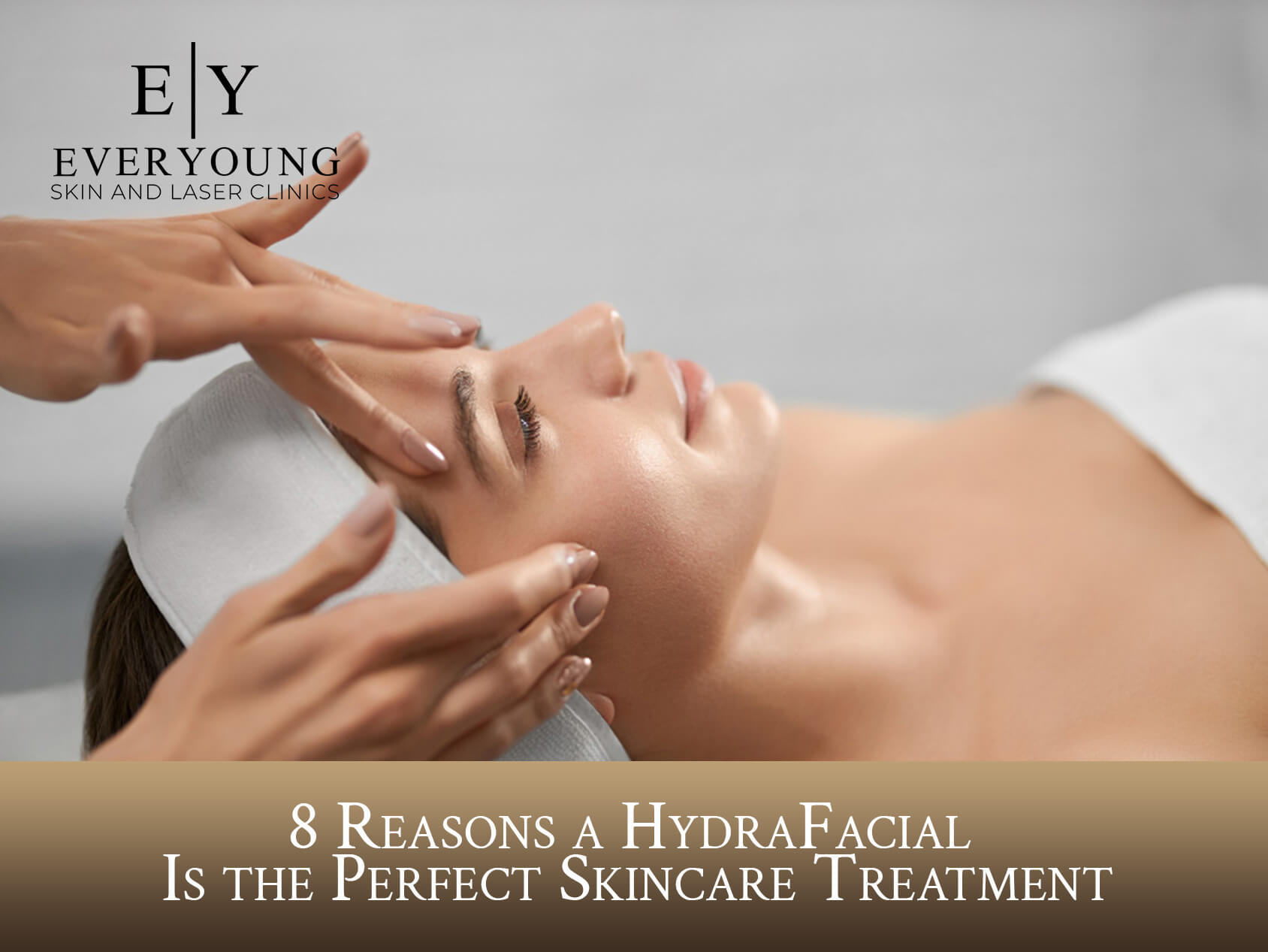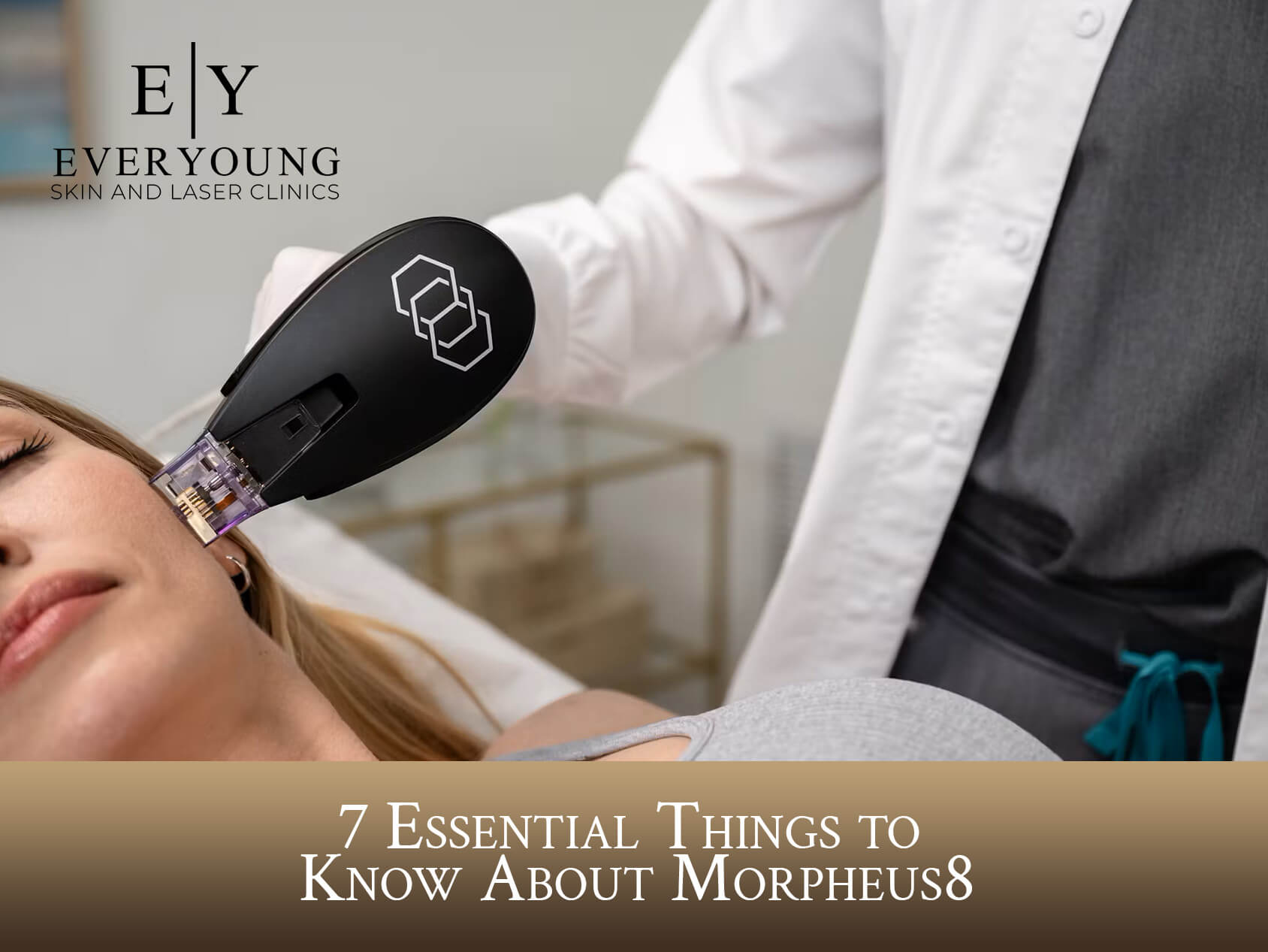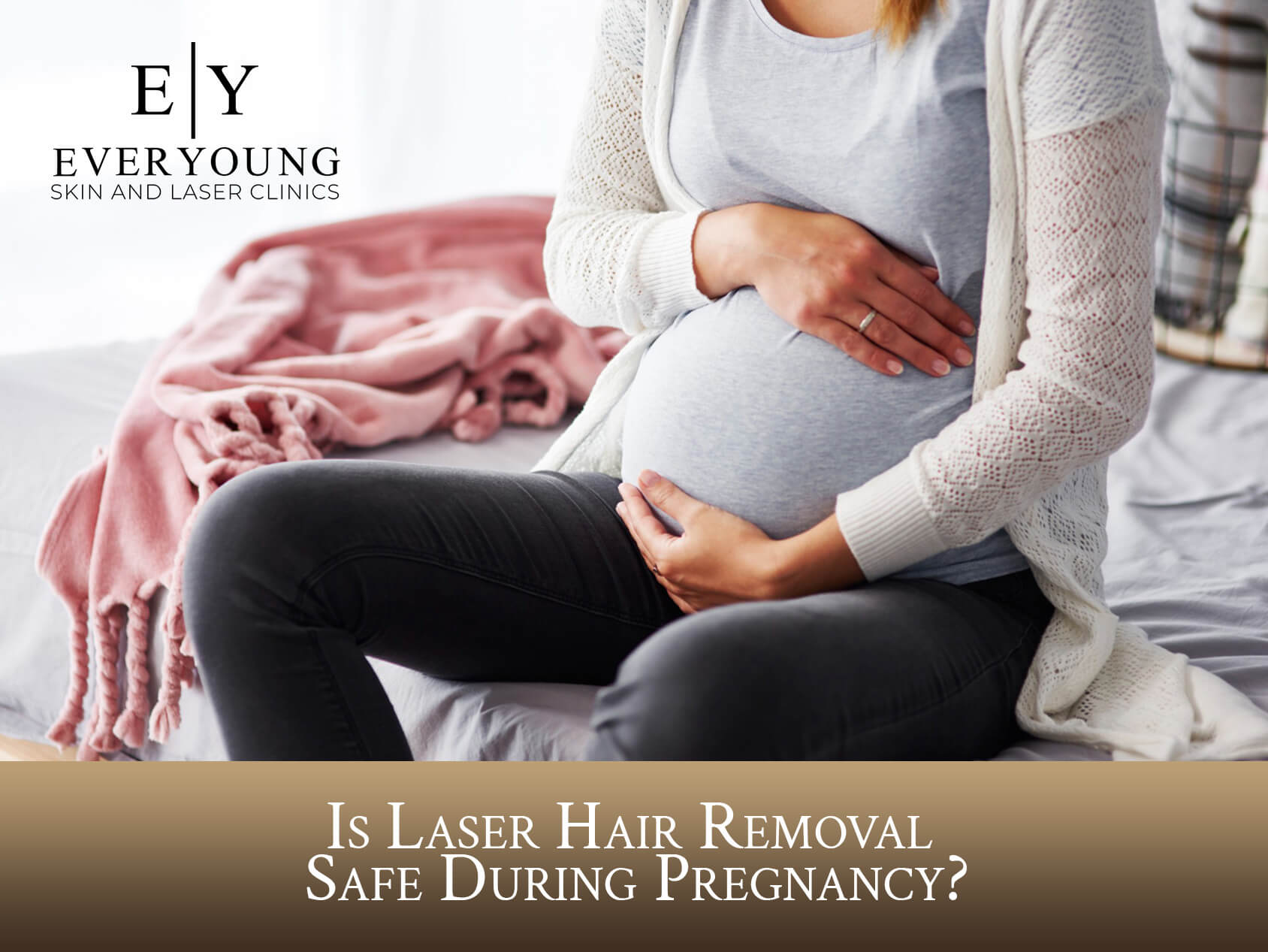Suffering from acne is no fun. Acne can start in the teenage years and continue into adulthood. Almost everyone will endure some form of acne – pimples, blackheads, or whiteheads that occur when your pores get clogged, or the hair follicles get plugged with oil or dead skin cells. Especially if your acne has been severe, it should be a relief when it finally clears up. However, you might be left with unwanted acne scars. Unsightly scars can be incredibly disheartening after finally winning the battle with acne.
The good news is that acne scarring can be treated. In this post, we will discuss some common acne scarring triggers and how blue light therapy can be used for acne treatment, and we’ll touch on a few different acne treatment methods for different skin types.
What Causes Acne Scarring and How Can I Prevent It?
There are a few things that might trigger acne scarring. While you might not be able to prevent it completely, these tips will help minimize your chances:
Don’t Pop, Pick At, or Squeeze Pimples
I know it’s tempting, but squeezing your pimples extends the healing process, forces any debris deeper into the skin, can worsen inflammation, and increases your chances of leaving a permanent scar. Try to leave pimples alone!
Reduce Inflammation
Large, inflamed acne blemishes are more likely to leave a scar. Anything that irritates your skin can lead to inflammation. Avoid harsh skincare products and aggressive scrubbing.
Treat Acne Right Away
The best way to avoid acne scars is to treat the acne as soon as possible. Regularly washing your face with a good cleanser, especially one containing salicylic acid, can be effective in treating and preventing acne. However, sometimes, over-the-counter methods aren’t helpful, and you may need to visit a dermatologist. Blue-light therapy can be used to help with acne breakouts.
Let’s go into more detail on blue light therapy for acne breakouts. What is it, and how does it help?
Blue Light Therapy
Blue light therapy is a non-invasive phototherapy that uses light to clear acne-causing bacteria. When administered by a professional, blue light is a safe, painless form of therapy that can be used on any area of the body without causing damage to the skin (as opposed to other wavelengths of light, such as UV). Blue light helps to control excess oil while shrinking the oil glands and reducing inflammation to help treat and prevent further breakouts. Studies show blue light therapy clears up acne by nearly 70% within 8-10 treatment sessions. Blue light therapy is best used for mild to moderate acne and is a great option for those who would like to treat acne without using drugs or antibiotics. Blue light therapy does not cause scarring.
The reality is that some people are more prone to scarring than others. Once you’ve treated your acne, you might be left with various scars. Acne scars can be raised, depressed, red, brown, or crater-like scars. Fortunately, there are several treatments available for acne scarring.
What Can Acne Scarring Treatment Do?
Acne scarring treatment administered by an experienced dermatologist can:
-fade red or brown spots on the skin
-reduce the depth of or fill out depressed acne scars
-smooth skin texture for a more even, uniform complexion
-stimulate collagen to promote new cell growth
-rejuvenate the skin for a healthier, more radiant appearance
Let’s look at some of the acne scarring treatment methods available and how they work with your skin type:
Laser Resurfacing
Fractional laser resurfacing is considered one of the best treatments for acne scars. As the name suggests, laser resurfacing uses a laser to target damaged tissues under the skin, stimulating healing and the collagen response. As a result, damaged cells are replaced with new, healthy tissue, reducing the appearance of scars. (Laser resurfacing can be used for any type of scarring, including acne scars.) There are minimal side effects from this treatment – you may experience some redness or swelling at the site. While this is a safe, non-invasive treatment, laser resurfacing may not work well on dark or tanned skin.
Spectra Peel
Another laser treatment, a Spectra Peel, can treat multiple dermatological concerns, including active acne and the appearance of acne scars. During a Spectra Peel treatment, the laser gently heats and exfoliates the outermost layer of skin. This stimulates collagen for scar reduction, resulting in smoother, healthier skin. The Spectra Peel is effective for most skin tones.
Dermal Fillers
Fillers are typically known for their ability to add volume to the skin. For example, dermal fillers injected into the lips will give them that desired “plump” look. But did you know that dermal fillers can be used to treat acne scars? The same method to smooth fine lines and wrinkles can also fill out many types of scars, including those left by acne. Fillers use hyaluronic acid, which occurs naturally in the body. You won’t need downtime after a filler treatment, and it is safe for every skin type. Dermal fillers work best to fill out depressed scars, shallow crater-like scars, or rolling scars.
Thermascan
Thermascan is a non-invasive laser treatment used to reduce the appearance of acne scars, among other issues. Using thermal (heat) energy, Thermascan breaks up the damage within the skin to clear imperfections and stimulate collagen growth. This treatment removes and rejuvenates the skin, giving you a more even skin tone while repairing the skin. Thermascan can treat all skin types, including dark or tanned skin.
Acne and acne scarring are frustrating problems that most of us deal with at some point in time. Dealing with stubborn acne only to be left with permanent scarring can be heartbreaking.
Fortunately, there are treatments available for both active acne and to repair the damage left by acne scarring. At EverYoung Laser & Skin Clinic, our healthcare providers use the latest technology for the best, most comfortable treatments. If you have questions or concerns, don’t hesitate to contact our office today.



